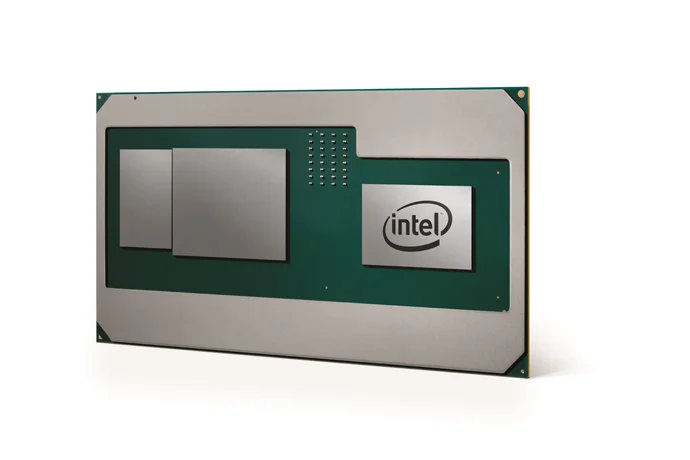AMD builds semi-custom SoC with Zen and Vega for Chinese gaming market
/Continuing down the path with its semi-custom design division, AMD today announced a partnership with Chinese company Zhongshan Subor to design and build a new chip to be utilized for both a Chinese gaming PC and Chinese gaming console.
The chip itself will include a quad-core integration of the Zen processor supporting 8 threads at a clock speed of 3.0 GHz, no Turbo or XFR is included. The graphics portion is built around a Vega GPU with 24 Compute Units running at 1.3 GHz. Each CU has 64 stream processors giving the “Fenghuang” chip a total of 1536 SPs. That is the same size GPU used in the Kaby Lake-G Vega M GH part, but with a higher clock speed.
Read More







